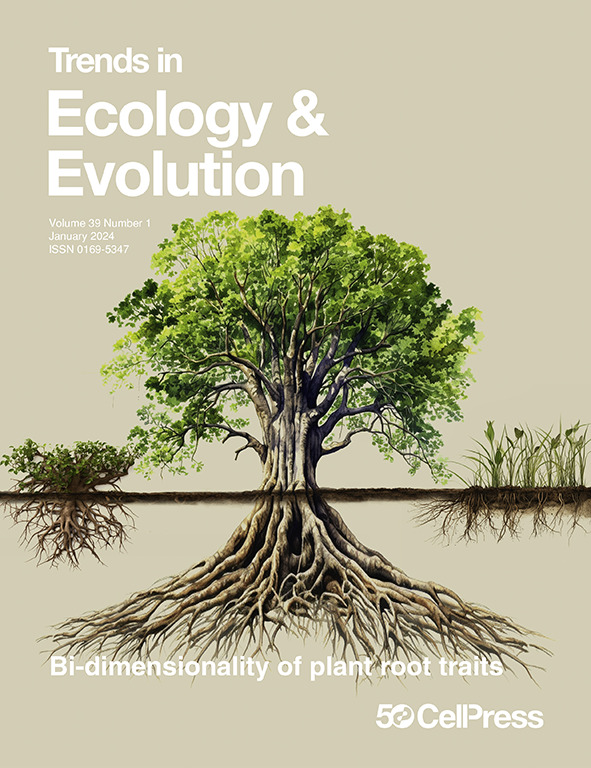具有生态代表性的海洋保护区规划可以放眼全球,立足本地。
IF 17.3
1区 生物学
Q1 ECOLOGY
引用次数: 0
摘要
迄今为止,海洋保护区(MPA)的规划一直是区域性的。目前半数以上的海洋保护区不在所有全球和公海研究确定的保护全球生物多样性的优先区域之内。通过系统规划,海洋保护区网络可以代表一半海洋区域的所有海洋生物多样性,可以代表30%海洋区域70%至90%的生物多样性。我们发现全球研究中有1%的海洋重叠。这1%应该被列为国际和国内优先保护的海洋保护区,禁止人们捕杀野生动物和破坏栖息地。物种范围地图显示,这1%可能包括某些海洋物种群的一半。本文章由计算机程序翻译,如有差异,请以英文原文为准。
Ecologically representative Marine Protected Area planning can think globally and act locally.
To date, Marine Protected Area (MPA) planning has been regional. Over half of the current MPA are outside the areas identified as a priority for the protection of global biodiversity in all global and High Seas studies. Using systematic planning, an MPA network could be representative of all marine biodiversity in half of the ocean area and could be representative of between 70% and 90% of biodiversity in 30% of the ocean area. We found that 1% of the ocean was overlapped by the global studies. This 1% should be prioritised internationally and nationally as fully protected MPA which prohibit people from killing wildlife and damaging habitats. Species range maps suggest this 1% may include up to half of some groups of marine species.
求助全文
通过发布文献求助,成功后即可免费获取论文全文。
去求助
来源期刊

Trends in ecology & evolution
生物-进化生物学
CiteScore
26.50
自引率
3.00%
发文量
178
审稿时长
6-12 weeks
期刊介绍:
Trends in Ecology & Evolution (TREE) is a comprehensive journal featuring polished, concise, and readable reviews, opinions, and letters in all areas of ecology and evolutionary science. Catering to researchers, lecturers, teachers, field workers, and students, it serves as a valuable source of information. The journal keeps scientists informed about new developments and ideas across the spectrum of ecology and evolutionary biology, spanning from pure to applied and molecular to global perspectives. In the face of global environmental change, Trends in Ecology & Evolution plays a crucial role in covering all significant issues concerning organisms and their environments, making it a major forum for life scientists.
 求助内容:
求助内容: 应助结果提醒方式:
应助结果提醒方式:


